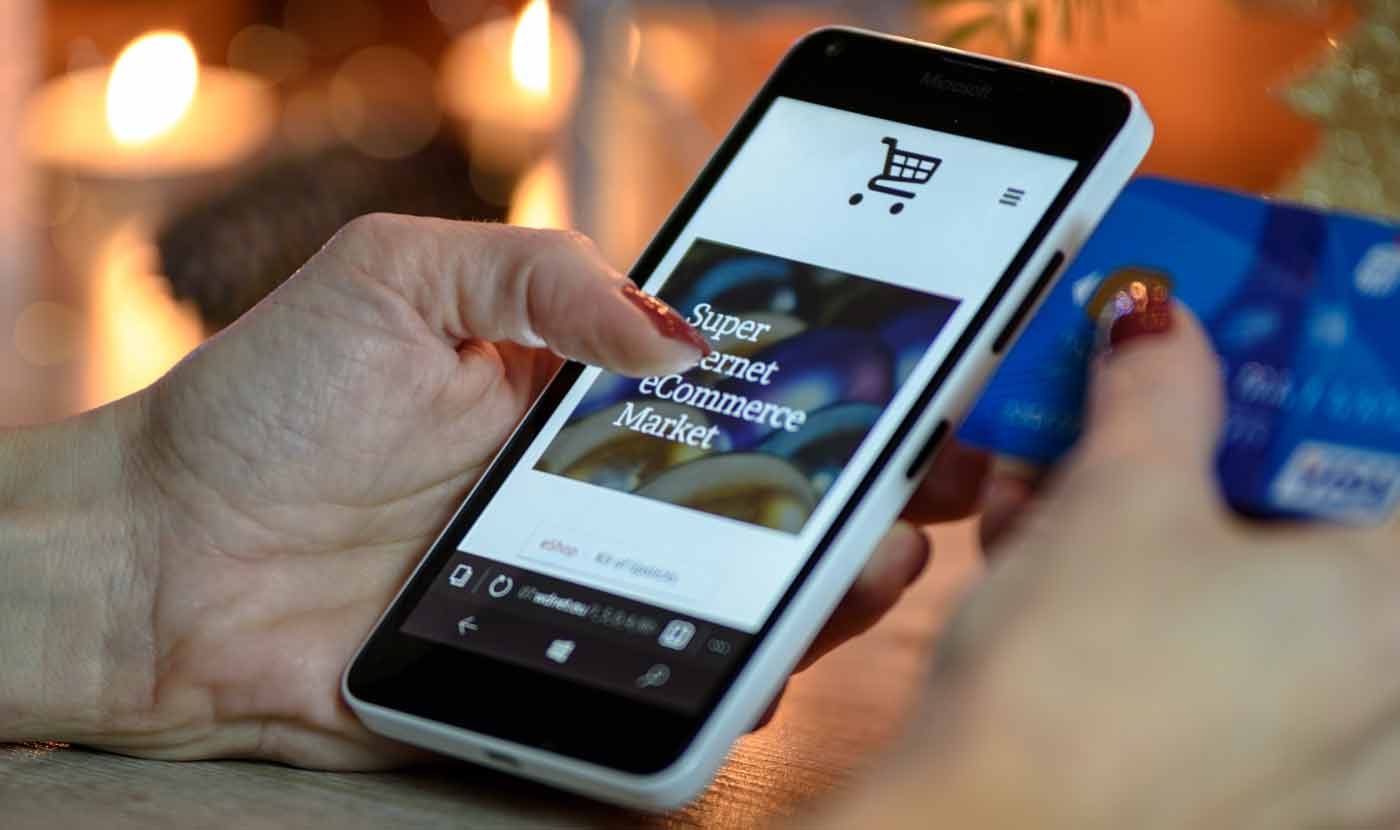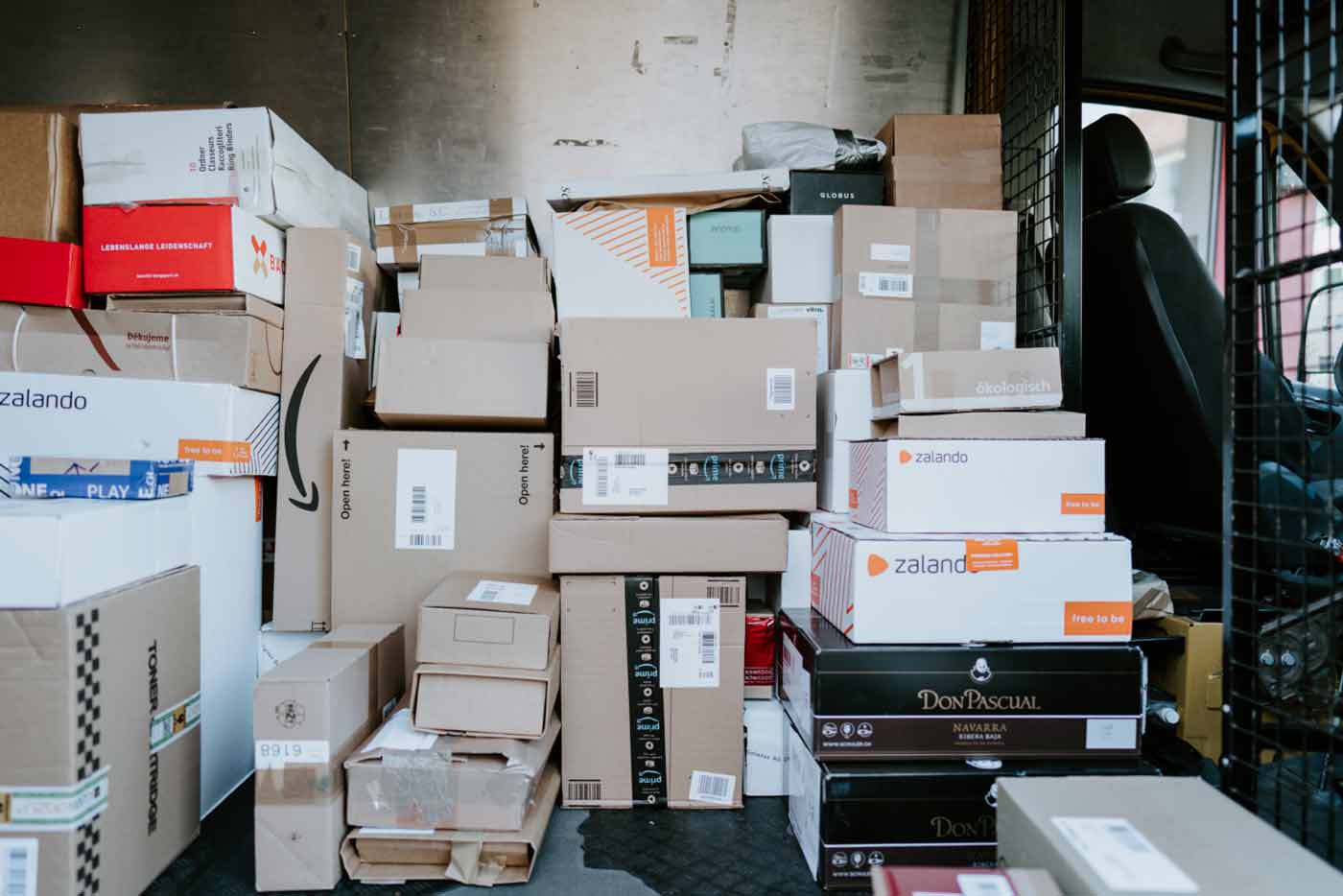How to Prepare Your Business for 2020’s Online Holiday Shopping Challenges
7 min read

This holiday shopping season will be different from years past. Covid-19 cases are surging all over the globe and shattering records, which is causing a return to lockdowns and increasing consumers’ fears of public gatherings.
So it’s a safe bet that some shoppers will be looking to riffle through your website and spreading out their purchases over a couple of months.
And they’re not just turning to ecommerce for their holiday needs. People will be online shopping for their everyday needs as well, like groceries, cleaning supplies, and personal care products. You can expect an ecommerce boom greater than 2020’s second quarter when online sales were up 76%, and our customers saw their delivery orders grow as much as 151%. This unprecedented ecommerce growth is expected to cause a “shipageddon,” creating new challenges for retailers and shipping companies that will continue through the winter.
In order to thrive this holiday season, you must prioritize your consumer experience, including shipping and delivery. Follow these tips to help your business prepare for the online holiday shopping surge.
Optimize Your Website to Increase Conversions
When life eventually returns to normal, our shopping habits won’t. Retail experts say this staggering growth in online sales reflects “the result of a permanent shift in how people shop.” This means your ecommerce site is no longer just an addition to your in-store sales or a short-term pandemic solution. Your website is increasingly important to your business’ success, so you need to make sure it’s optimized to give you the best conversion rate.

Here are a few ways you can make sure your site is set up to help you convert customers.
- Make sure you have a website analytics tool in place. This will help you track key metrics and actions across your site, so you can measure growth and uncover potential problems.
- Allow online reviews. “85% of consumers trust online reviews as much as recommendations from relatives and friends,” so if a prospect is on the fence about hitting “buy,” reading someone’s positive experience could give them they nudge the need.
- Use a secure site. Customers are concerned about their data, and this impacts where they will buy. As a result, about 22% will only make a purchase on well-known sites like Amazon. Make sure your site has a Secure Sockets Layer.
- Accept PayPal or Apple Pay to create a frictionless purchase experience. By accepting these additional payment methods, customers can skip adding in their debit, shipping, and billing information.
- Create abandoned-cart campaigns. About “77% of customers abandon products in their cart.” By sending abandoned-cart emails, you remind customers what they’ve left on your site and allow them to easily continue their purchase.
- Be consistent. Companies that offer a consistent brand experience across all their platforms can increase revenue by 23%. This means every time a customer makes a purchase on your site or interacts with your customer support team, they get a reliable encounter.
Stock up on Products That Improve Life Indoors
Retailers face one key challenge this holiday shopping season and throughout the winter: trying to guess what customers will want “so they can avoid a supply chain crunch” like the ones that developed at the beginning of the pandemic.” With colder winter weather combining with Covid-19 surges and cold and flu season, your best bet is to focus on items that improve indoor life because we’re not getting out much.
Here are products you should stock your store with.
Humidifiers and Air Purifiers
Humidifiers are a frequent winter purchase because of the cold, dry air, but since experts are saying humidity can help fight Covid-19, this is likely to be a popular product through winter and early spring.
And because we’ll be inside so much, people are investing in air purifiers to improve their indoor air quality, which has led to growth in the residential air purifier market.
Fitness Equipment
Sales for fitness equipment grew 170% during lockdown. Even though many gyms have reopened, they’ve been recently named one of the “riskiest places for catching coronavirus.” And with outdoor exercise limited because of the weather, it’s safe to assume more people will be interested in equipment to help with home workouts.
Heaters and Fire Pits
To keep from feeling cooped up as temperatures drop, people are extending their time outdoors, which is increasing the demand for fire pits and outdoor heaters. Home Depot and Lowes report sales surges on fire pits, and Google Shopping shows propane patio heaters are the #2 top-trending item in home goods.
Crafting and Baking Supplies
During the first stay-at-home orders, many turned to arts and crafts hobbies like knitting to keep their minds and hands busy. This is why Hobbycraft reported a 200% increase in online sales.
Millions of others decided to try their hand at baking, and 33% of recent survey respondents said they plan to continue.
Stock up on baking equipment and craft supplies, so your store will be a go-to resource for hobbyists.
Electronics
With electronic sales up during the early part of the pandemic, it’s safe to assume that trend will return this winter. Whether it’s a gaming console or a 4K Ultra HD TV to make your home seem more like a movie theater, electronics are a good investment as people seek entertainment at home.
Budget for Increased Shipping Expenses

Plan for higher shipping expenses to impact your bottom line because shipping carriers have increased fees, including holiday surcharges and 2021 rate increases.
FedEx’s seasonal surcharges will be in effect from October through January 17 and include an additional handling surcharge of $4.90 per package. But if you’re shipping oversize packages, it will really cost you. Surcharges are $52.50 per package.
UPS’s seasonal surcharges last until January 16 and include a $5 charge for additional handling and a $31.45 package surcharge for customers who ship more than 500 large packages a week.
USPS’s price increase for peak demand ends on December 27. The per-package price increase varies by service but ranges from 24 cents up to $1.50.
You could choose to pass the increase off to customers, but you’re competing with retailers, like Amazon, that give customers free shipping. Clutch found that “online shoppers’ interest in a product dramatically decreases even with small increases in shipping cost.”
Prepare for Delivery Delays
As the volume of online orders increases for the holidays, delays caused by fulfillment and delivery will get worse. Communicate with customers to let them know they need to buy much earlier and purchase more than they need of essential items, so they don’t run out.
During the previous Covid-19 shutdown, retailers took “an average of 1.5 days longer than normal to fulfill orders.” This will get longer as everyday online shopping combines with holiday shopping.
Meanwhile, all three U.S. shipping carriers have dipped in their percent of on-time deliveries since March, and these delays are going to increase. ShipMatrix, a company that analyzes shipping package data, “predicts 7 million packages a day could face delays from Thanksgiving to Christmas.”

Unfortunately, customers usually blame the retailer and not the courier for these delays. Sixty-nine percent say they “are much less or less likely to return to an online retailer if an item is not delivered within two days of the date promised.”
Make sure it’s clear on your site that last-minute online shopping isn’t an option this year.
Consider Self-Delivery
If your ecommerce business is largely local customers who’ve transitioned away from in-store sales because of Covid-19, self-delivery might be the best distribution method.
The benefits of self-delivery or in-house delivery for your business are:
- Keep staff employed. Repurpose them from in-store sales support to fulfillment and delivery.
- Provide a better customer experience. No one will take care of your products better than your own people. If you leave it to other carriers, your customers could be added to the list of more than 50% of shoppers who “have not received a package they ordered online in the past six months.”
- Stand out from the competition. Even with online sales increases, in-store sales declines will create modest sales gains when compared to previous years. Finding opportunities to stand out will be the key to longevity.
How OptimoRoute Can Help You Offer Self-Delivery
We can help your business quickly implement self-delivery because our route optimization software makes scheduling deliveries and planning routes easy and efficient, and we help you keep delivery costs low.
How it works
Using OptimoRoute is simple.
- Upload your delivery orders from a CSV or Excel file.
- Our software automatically creates schedules and calculates the most efficient routes.
- Routes are sent directly your drivers’ phones or smart devices.
- You can see where your drivers are at all times with live tracking.
- Customers will know exactly when their delivery will arrive thanks to Realtime order tracking notification.
Benefits
Our product has more than 50+ features that help you:
- Reduce your miles traveled and your gas expenses—and save time—by letting our software find the best routes for your drivers.
- Account for real-life situations and restrictions, like respecting precise delivery-time windows, order load, and stop duration.
- Prevent the potential for redelivery expenses by sending customers realtime notifications by text or email, so they know when you’ll arrive.
- Make last-minute adjustments if a new order comes in, which is likely to happen in a busy holiday season.
- Distribute deliveries among drivers by hours or number of orders to ensure efficiency across your fleet.
OptimoRoute Helped Tomato Mountain Scale to Meet Increased Demand
Tomato Mountain is a Brooklyn, Wisconsin, farm that delivers local produce directly to customers’ doors. When Covid-19 hit, their delivery demand quadrupled from 300 members to 1,200 in just 30 days.
This increase made delivery planning more complex, but fortunately, they were already using OptimoRoute. This allowed them to quickly scale their operations to increase delivery efficiency by as much as 300% in a month. This increase in efficiency helped them cut costs, so they could reinvest in their fleet of drivers and grow by 50% while maintaining profitability.
Take Charge of Your Delivery This Holiday Season
Give self-delivery a try this holiday season to grow your business, avoid the chaos of using a carrier, and provide your customers with a better experience. Try OptimoRoute for free to see how easy it can be to take charge of your delivery.
Try OptimoRoute™ for Free
No installation or credit card required


